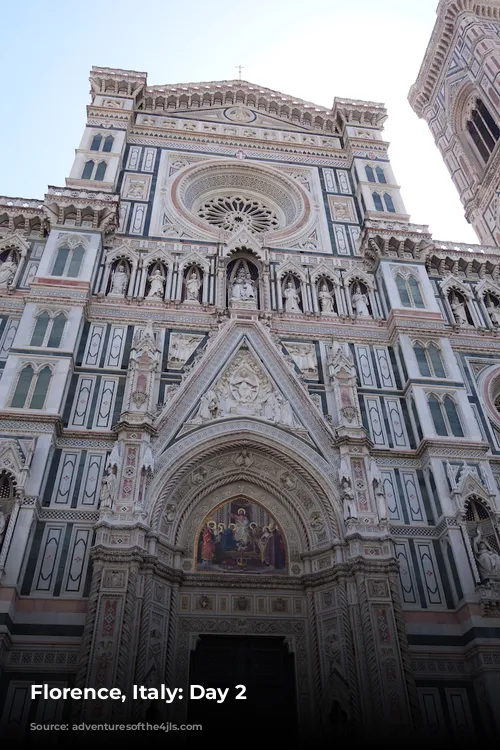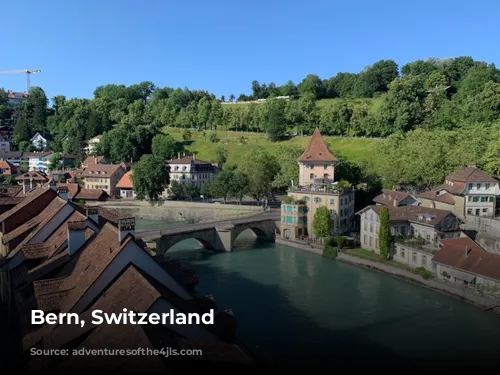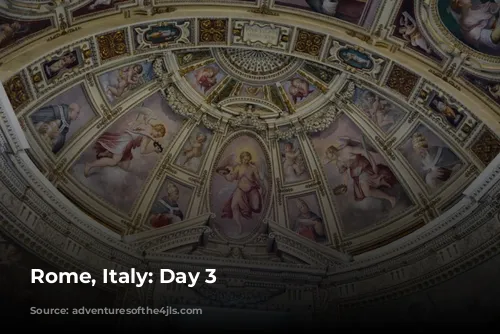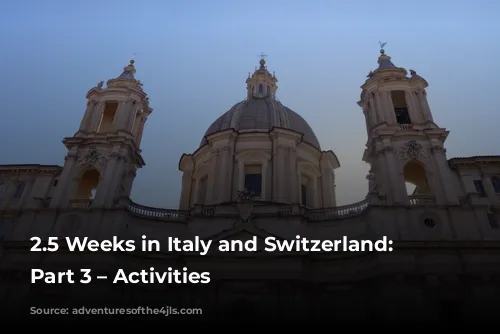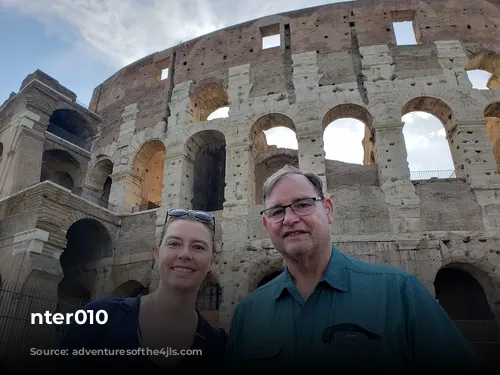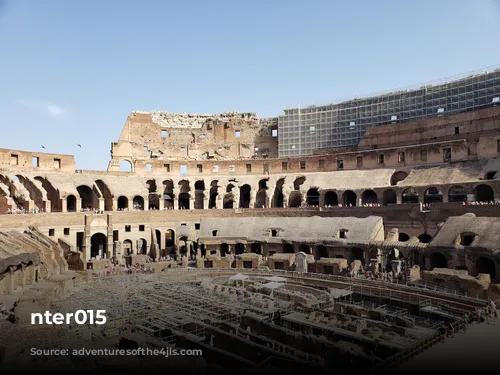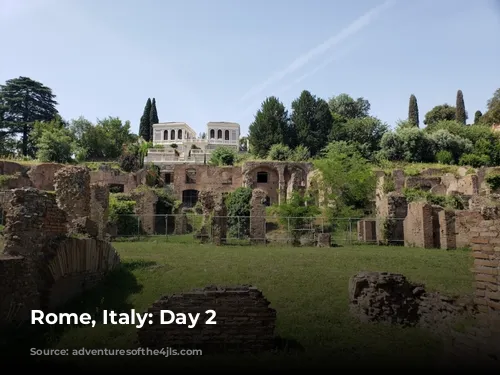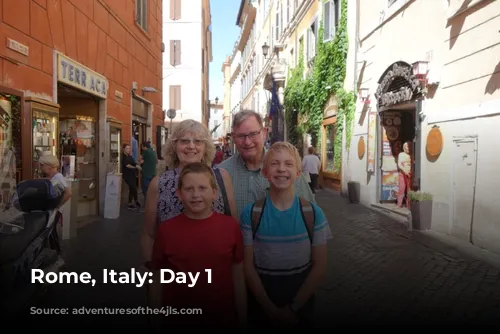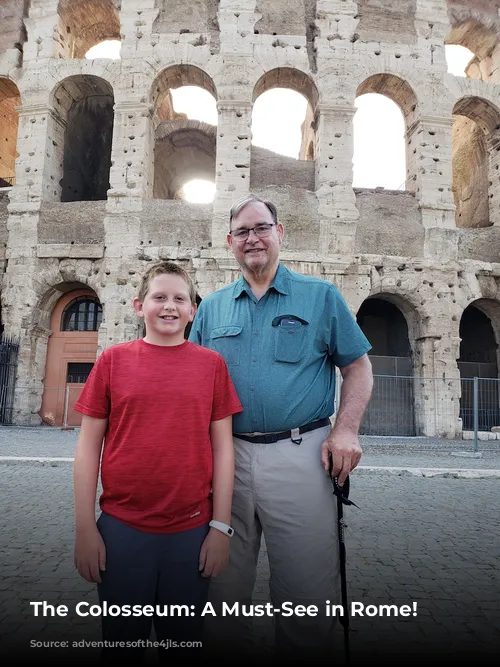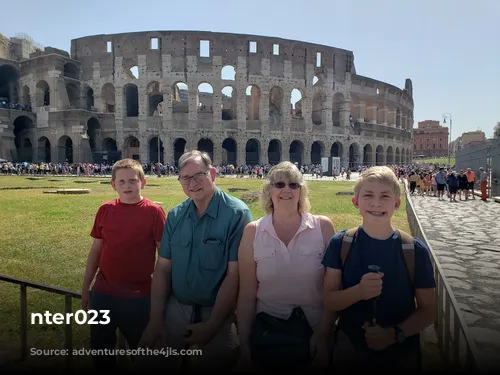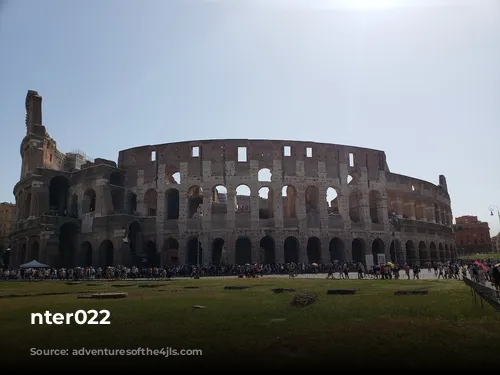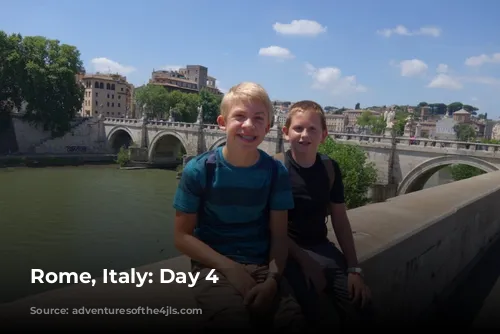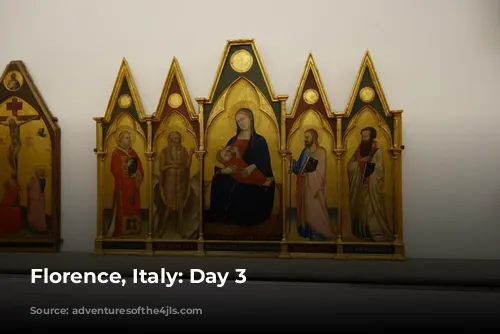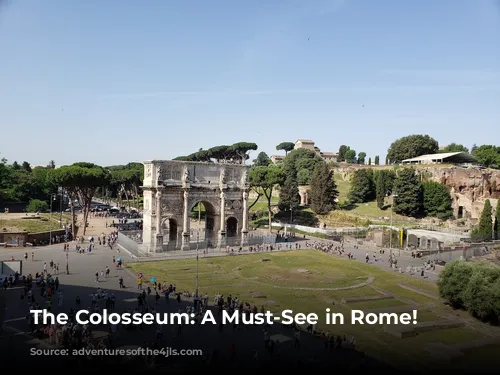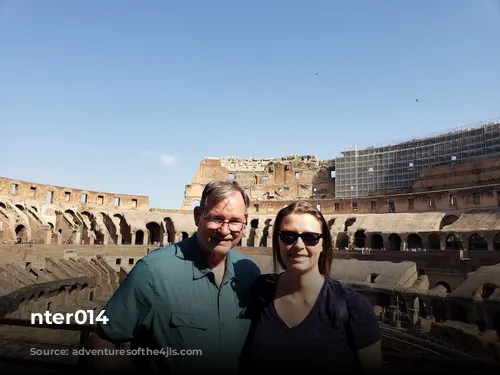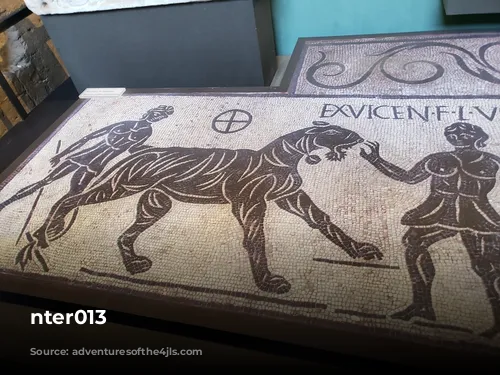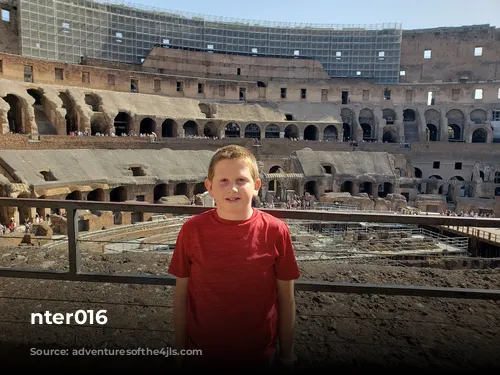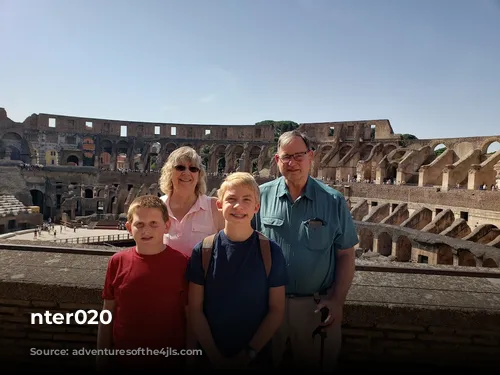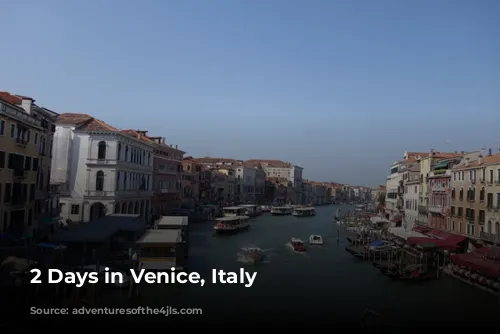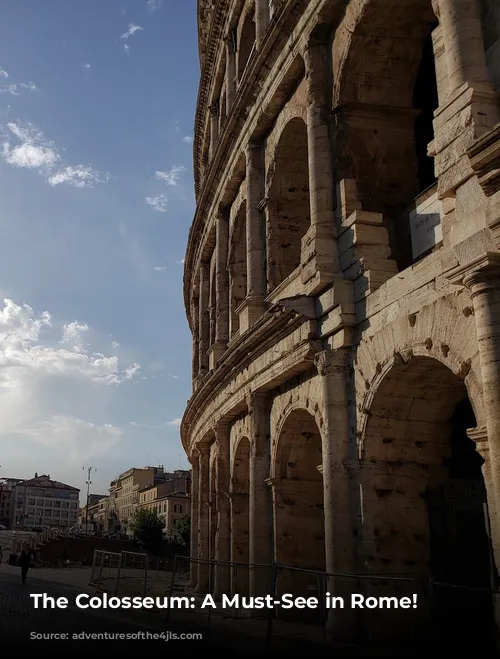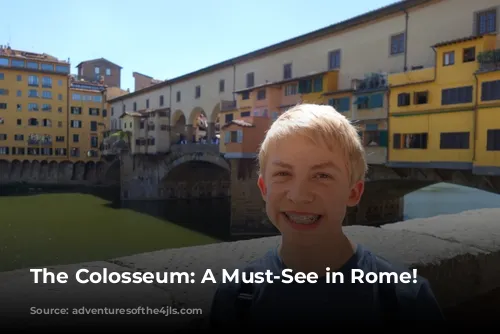Rome is a city overflowing with history, and the Colosseum is one of the most iconic symbols of the Roman Empire. If you’re in the Eternal City, you absolutely must make time to visit this legendary arena.
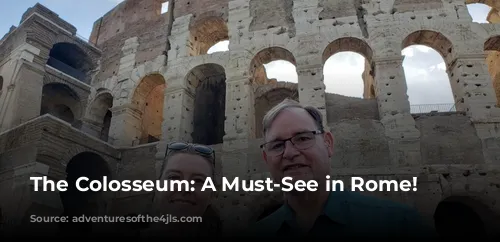
Booking Your Colosseum Tickets: A Tale of Two Tickets
Our trip to the Colosseum during our summer vacation to Rome in 2019 was unforgettable. However, securing tickets wasn’t as simple as we hoped. Your ticket to the Colosseum also grants access to the Roman Forum and Palatine Hill. While this sounds great, seeing all three in a day requires a lot of walking and energy. After arriving from the US the day before, we were dealing with jet lag and weren’t sure how everyone in our group would handle such a long day.
The fear of exhaustion made us hesitant to purchase tickets online in advance. We decided to wait and buy them at the Colosseum. However, our procrastination led to disappointment. We arrived about 40 minutes before opening, and while the line was short, we quickly realized that we were in a sea of other last-minute ticket seekers.
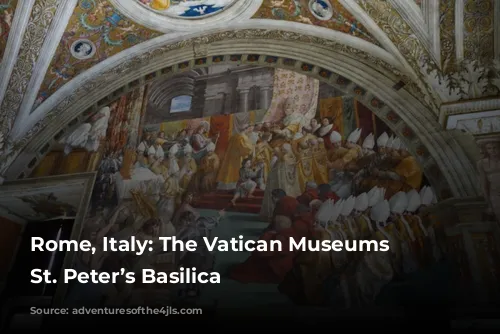
The Colosseum Ticket Line: Navigating the Crowd
The Colosseum has a strict capacity limit of 3,000 people at any given time. This means that if you arrive later in the day, the wait could be significantly longer. Those who have pre-purchased tickets are given priority, and the general admission line can come to a standstill. If you don’t want to risk missing out, arrive early!
If you find yourself in this situation, consider getting your ticket at the Roman Forum, which typically has shorter lines. Then, you can explore the Forum and decide if you want to join the priority line at the Colosseum or come back the following day. Your ticket grants you single entry to each site over two consecutive days.
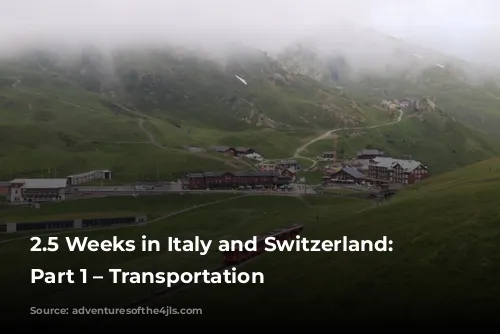
The Colosseum: A Journey Through Time
We were fortunate to secure our tickets shortly after opening, and finally, we were inside the Colosseum. The moment we stepped inside, we were awestruck. It was incredible to imagine the stadium packed with thousands of ancient Romans. Built around 70 AD, it took tens of thousands of slaves years to complete, finally opening in 80 AD.
The Colosseum is a massive oval structure that measures 189 by 156 meters (620 by 513 feet) and stands 50 meters (164 feet) high. It’s no surprise that modern-day football stadiums were inspired by this colossal structure! The Colosseum had 80 exits and could accommodate up to 80,000 spectators, allowing for a complete evacuation in just 15 minutes!
The Colosseum’s engineering is mind-blowing. Imagine the sheer effort it took to operate the retractable awning (velarium) that provided shade from the sun. Hundreds of Roman sailors worked in unison to move this massive piece of machinery. Nowadays, we just push a button!
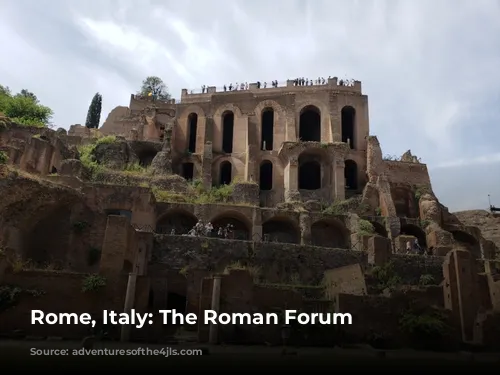
The Colosseum’s Dark Secrets: From Gladiators to Animal Hunts
Below the arena floor, there were cages for animals and gladiators. On any given day, as many as 10,000 animals could be killed. Contrary to popular belief, Christians were not often martyred here. Instead, the Colosseum was a stage for massive hunts, gladiator fights, executions, and even re-enacted naval battles!
The second tier of the Colosseum features a small museum filled with fascinating information about the arena. There are beautiful mosaics that depict events that took place within the Colosseum’s walls.
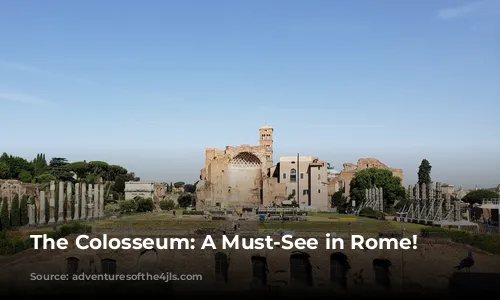
The Colosseum’s Seating: A Glimpse Into Roman Society
The Colosseum’s seating arrangement reveals the complex social hierarchy of Roman society.
- The Emperor, Vestal Virgins, Senators, and other powerful individuals occupied the ground floor. The Emperor had a commanding view from his podium, while the rest of the seats were close to the action.
- The second tier was reserved for the nobles. They had a better view than the ground-floor seats.
- The third tier was for the plebeians, or common men. Those who sat in the lower sections had higher status than those who sat in the upper sections.
- The fourth tier was reserved for plebeian women. Some sources indicate that slaves were not allowed in the Colosseum, while others suggest they sat with the women on the fourth tier. Actors, gravediggers, and former gladiators were completely banned from the arena.
Regardless of where you sat, you would have enjoyed a fantastic view of the games.
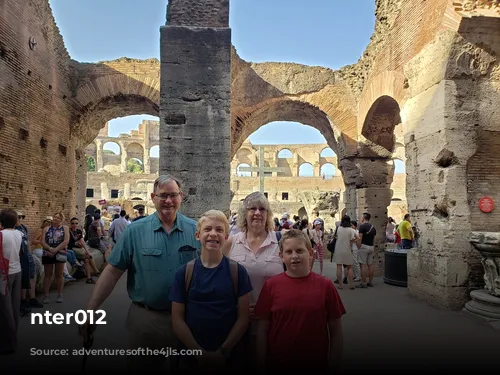
The Colosseum’s Decline: From Arena to Ruins
The Colosseum was used for its intended purpose until the 6th century. After that, it was repurposed as a cemetery (?!?), used to house people and workshops, and even fortified as a castle. In the 14th century, an earthquake caused the south side to collapse. The stones were salvaged and reused in other parts of the city. The remaining sections were used for housing until the 19th century.
Today, the Colosseum stands as an impressive testament to the Roman Empire’s grandeur.
This remarkable piece of history is a must-see for any visitor to Rome.

